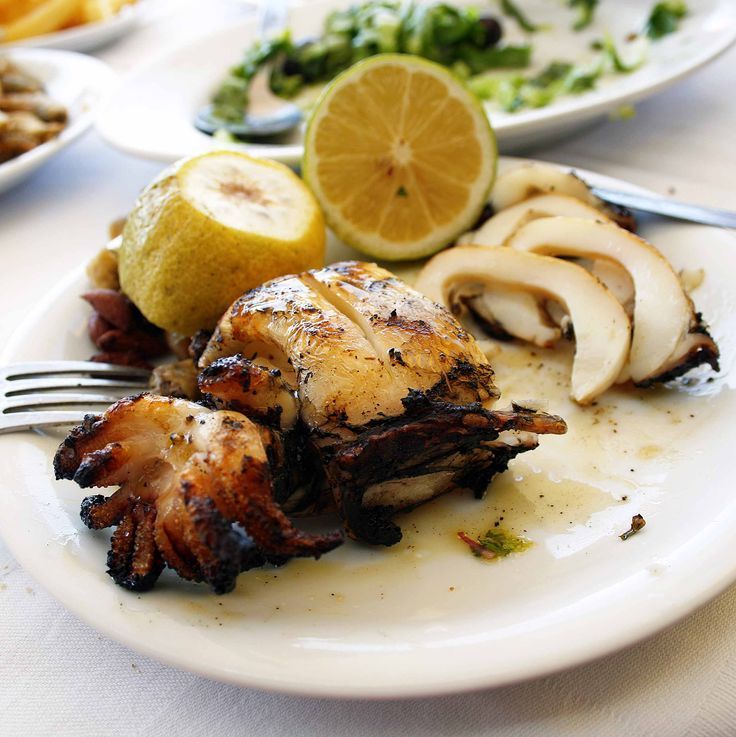Olive oil, which is used in most Greek meals, is the most distinctive and traditional component in Greek cooking. It enhances the unique flavor of…
Greek cuisine
Popular Greek cuisine and how to cook them.
The Greek cuisine staple – oregano – for your easy meal
Oregano sums up Greek food. This leaf is found in most Greek recipes and makes it way into popular delicious salads, soups and stews. Most…
